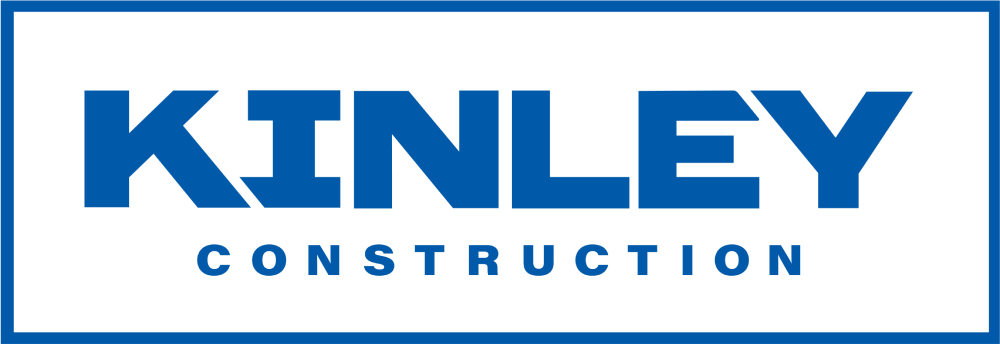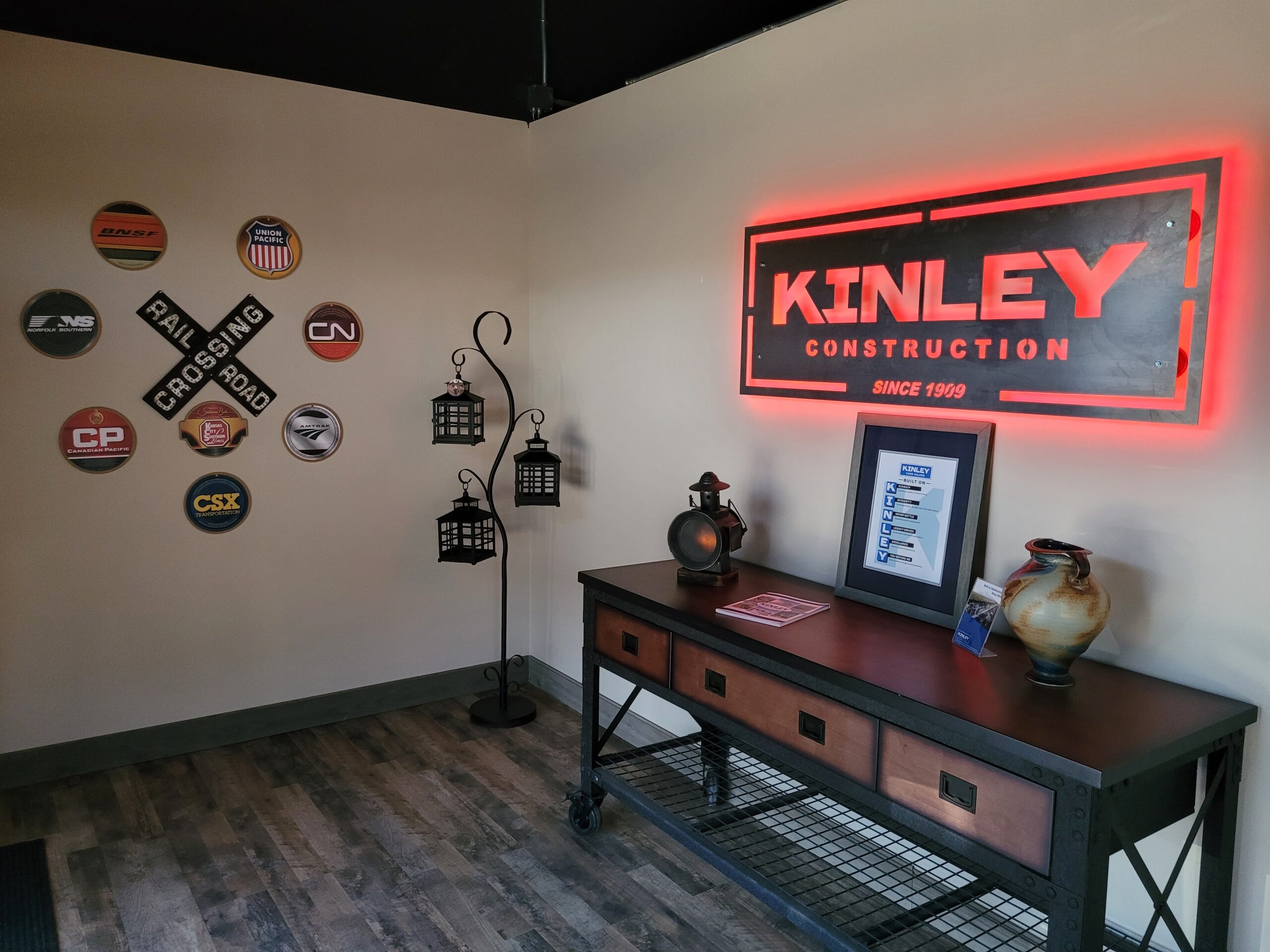5 Critical Safety Topics You May Be Overlooking in Your Morning Safety Meeting
Mike Dunaway
HSE Director
Kinley Construction
Safety is paramount in any work environment. Yet, there are often overlooked topics in safety meetings that can make a significant difference in ensuring everyone’s well-being. As Kinley’s HSE Director, I want to shed light on five critical areas which are easy to overlook. By addressing these areas, you ensure attention to detail and encourage everyone to take a proactive approach to safety.
1. Gain Group Attention with Enthusiasm
I strongly believe the most significant overlooked issue is not gaining the full attention of the group. This is due primarily to the fact employees are still waking up. Morning safety meetings set the tone for the day. You can give the best safety shift start, but if no one pays attention it offers no value. If the presenter is just reading to the crew without interaction, that will not raise their alertness.
Being alert is not just about physical wakefulness but also mental preparedness. The crew must absorb and implement the information shared.. These meetings are a leader’s first and best chance to inject some energy. Doing this can serve to motivate the team and get them thinking about safety from the start.
To combat the early morning mental fog and increase attention, try incorporating interactive elements like quizzes or real-life anecdotes. Ask questions of the crew. What thoughts or ideas do they have related to the discussion? The leader’s enthusiasm and commitment to safety can be infectious and motivate the team to pay attention and actively participate. Ask yourself daily, what energy or enthusiastic boost will I provide to gain the crew’s attention and participation?
2. Ensure Individual Comprehension of Tasks
Each crew member must understand their role. It’s crucial. During the safety meeting, do a ‘check on learning.’ Randomly ask people questions about their job for the day. By making safety meetings engaging, leaders can assess the real-time understanding of each team member’s role on a day-to-day basis. Role-playing scenarios or group discussions can be effective tools to not only ensure comprehension but also promote a culture where employees feel comfortable asking questions or seeking clarifications.
3. Emphasize the Use of Stop Work Authority
Every employee should know they have the right and obligation to halt any task that poses a safety risk. For example, two months ago, a subcontractor was attempting an overhead lift with a forklift. Our Superintendent saw the improper rigging of the forklift and immediately halted all operations to fix the rigging and ensure a safe lift. Sharing instances where the Stop Work Authority was effectively used serves as a powerful testimonial to its importance. Real, applicable examples not only educate the team on potential hazards but also reinforce the idea that safety is a collective responsibility.
4. Conduct Rigorous Personal Protective Equipment (PPE) Checks
PPE is often the last line of defense against workplace hazards. Have crew members check each other’s PPE. Do they have the right gear? Is it worn out and needs to be replaced?” Regular checks emphasize the importance of PPE, ensuring it’s always top of mind. When crew members check each other’s PPE, it fosters a sense of collective responsibility. Regularly updating the team about advancements in PPE or changes in safety protocols ensures that everyone is using the equipment effectively and safely.
5. Do a Pre-Work Area Inspection
Before diving into tasks, give employees a moment to look around and see what could work area risks may be present. Work environments, especially in fields like construction or manufacturing, are dynamic. By identifying potential hazards before work begins, teams can take proactive measures to ensure safety. Using technology that allows for real-time reporting of hazards can make these inspections more thorough and efficient. Also, remember to constantly regroup and edit the job hazard analysis as work conditions change, such as a sub shows up unexpectedly or the concrete truck brings an overhead pump. These occurrences can quickly add new safety considerations which can inadvertently be overlooked if they are not added to the analysis.
Over my years in safety, I have attended countless morning safety meetings. I strongly believe the above points are critical and give a leader the best change to set the proper tone for the day and inject some energy to encourage physical and mental alertness about safety from the start.
As leaders and team members, it’s our responsibility to ensure every employee, contractor and client work together to establish the safest work environment possible—and not overlook anything.


